What You Need To Know About Quercetin: Unveiling the 5 Critical Benefits, and Exploring Its Uses and Potential Risks
Quercetin: Unveiling the 5 Critical Benefits, and Exploring Its Uses and Potential Risks
Overview
Quercetin or quercitin, a natural flavonoid found in various fruits, vegetables, and plants, has gained considerable attention for its potential health benefits. In the realm of natural compounds with potential health benefits, quercitin stands as a true gem. Widely recognized for its diverse array of potential advantages, this plant-derived flavonoid has sparked interest in both the scientific community and health-conscious individuals. From antioxidant properties to anti-inflammatory effects, quercitin offers a range of advantages that have sparked interest in both scientific research and public health awareness.
Understanding Quercetin: What is it?
Quercetin belongs to the flavonoid family, a class of compounds celebrated for their potential health-promoting effects. It’s found in foods like apples, onions, berries, citrus fruits, and green tea. Quercitin’s vibrant pigmentation reflects its antioxidant prowess, which stems from its ability to neutralize harmful free radicals in the body.
Understanding the pharmacokinetics of this flavonol is crucial for comprehending how this natural compound interacts with the body. This flavonol’s journey from ingestion to elimination involves absorption, metabolism, and distribution. Actual sources provide insights into the intricate processes that govern quercitin’s pharmacokinetics.
- Absorption: Quercetin’s absorption occurs primarily in the small intestine. Its bioavailability can be influenced by various factors, including food matrix, gut microbiota, and formulation.
- Research published in the “European Journal of Nutrition” showed that the bioavailability of quercitin glycosides is influenced by the type of food matrix they are consumed with.
- A study in the “Journal of Agricultural and Food Chemistry” highlighted that certain compounds present in foods may enhance quercitin absorption.
- Metabolism: Quercetin undergoes extensive metabolism in the body, primarily in the liver, before entering systemic circulation. Conjugation and enzymatic transformations play key roles.
- A review in the “Journal of Nutritional Biochemistry” discussed the various metabolic pathways quercitin undergoes, including glucuronidation, sulfation, and methylation.
- A study in the “British Journal of Nutrition” reported that microbial metabolism in the gut may also contribute to quercitin’s metabolites.
- Distribution: Once in circulation, quercitin and its metabolites are distributed throughout the body. Its affinity for certain tissues and cells may contribute to its health effects.
- Research in “Molecules” discussed the potential accumulation of quercitin in target tissues due to its ability to cross cellular membranes.
- An article in the “Journal of Nutritional Science” highlighted the distribution of quercitin metabolites in plasma and various tissues after intake.
- Elimination: Quercetin and its metabolites are eliminated primarily through urine and feces. The elimination process is a combination of excretion and hepatic clearance.
- A study published in the “Journal of Clinical Biochemistry and Nutrition” explored the kinetics of quercitin metabolites and their elimination patterns.
- Research in the “European Journal of Clinical Nutrition” examined the urinary excretion of quercitin metabolites after ingestion.
The pharmacokinetics of quercitin involve a complex interplay of absorption, metabolism, distribution, and elimination. These processes impact its bioavailability and ultimately determine its effectiveness in delivering potential health benefits. As research advances, a deeper understanding of quercitin’s pharmacokinetics will contribute to maximizing its therapeutic potential.
What are the Benefits Quercetin?
- Antioxidant Powerhouse: Quercetin’s robust antioxidant activity helps protect cells from oxidative stress and damage. A study published in the “Journal of Clinical Biochemistry and Nutrition” suggests that quercitin-rich foods contribute to reducing the risk of chronic diseases through their antioxidant properties.
- Anti-Inflammatory Ally: Chronic inflammation is associated with numerous health issues, including heart disease and cancer. Quercitin’s anti-inflammatory properties have been the focus of research. A study in the “Journal of Physiology and Biochemistry” highlights its potential in managing inflammation-related disorders.
- Immune System Support: Quercetin is believed to modulate immune cell function and suppress pro-inflammatory molecules. A review in the “Nutrients” journal discusses its immunomodulatory effects and potential benefits in immune-related diseases.
- Heart Health: Quercitin’s potential cardiovascular benefits include enhancing blood vessel dilation and reducing blood pressure. A meta-analysis in “Nutrition, Metabolism & Cardiovascular Diseases” reports quercitin’s favorable impact on blood pressure levels.
- Allergy Relief: Quercitin’s ability to inhibit histamine release has led to its exploration as a natural remedy for allergies and asthma. Research in the “Journal of the American College of Nutrition” suggests its potential to alleviate allergy symptoms.
Exploring Quercetin’s Potential in Disease Management: Evidence and Insights
Quercetin, a natural flavonoid found in various plant-based foods, has attracted attention for its potential role in managing and preventing various diseases. While research is ongoing, promising findings suggest that quercitin may offer benefits in several health conditions. Let’s delve into the diseases where quercitin shows potential effectiveness, supported by actual sources.
- Cardiovascular Diseases: Quercetin’s antioxidant and anti-inflammatory properties have drawn interest in cardiovascular health.
- A study published in the “Journal of Nutrition” demonstrated that quercitin consumption significantly reduced blood pressure and improved endothelial function in hypertensive individuals.
- Another study in “Nutrition, Metabolism & Cardiovascular Diseases” reported that quercitin supplementation led to decreased levels of markers associated with cardiovascular risk.
- Inflammatory Conditions: Quercetin’s anti-inflammatory effects make it a candidate for managing various inflammatory disorders.
- Research published in “Phytotherapy Research” indicated that quercitin supplementation reduced inflammatory markers in patients with rheumatoid arthritis.
- A study in “Clinical Nutrition” suggested that quercitin may help alleviate symptoms in patients with chronic obstructive pulmonary disease (COPD) by reducing systemic inflammation.
- Allergies and Asthma: Quercetin’s ability to inhibit histamine release has led to its investigation in allergy and asthma management.
- An article in the “International Journal of Immunopathology and Pharmacology” discussed quercitin’s potential in reducing allergic inflammation and bronchoconstriction.
- A study published in “Journal of Research in Medical Sciences” reported that quercitin supplementation reduced markers of oxidative stress and inflammation in asthma patients.
- Immune System Enhancement: Quercetin’s immunomodulatory effects have implications for immune-related disorders.
- Research published in the “Journal of Leukocyte Biology” highlighted quercitin’s ability to modulate immune cell function and suppress inflammatory responses.
- A review article in “Molecules” discussed quercitin’s potential as an immunomodulator and its influence on immune-related diseases.
- Cancer Prevention: While more research is needed, quercitin’s antioxidant and anti-inflammatory properties have intrigued researchers in cancer prevention.
- A study published in “Cancer Epidemiology, Biomarkers & Prevention” suggested that quercitin intake was inversely associated with lung cancer risk.
- Another study in “European Journal of Nutrition” explored quercitin’s potential role in reducing the risk of various types of cancers.
Quercitin’s potential effectiveness in managing various diseases underscores its importance as a natural compound with health-promoting properties. While research continues to uncover its mechanisms and benefits, including quercitin-rich foods in your diet could contribute to overall well-being. However, for specific health conditions, consulting with a healthcare professional is crucial before considering quercitin supplementation.
 The Importance of Eating Quercetin-Rich Foods: Nourishing Your Health Naturally
The Importance of Eating Quercetin-Rich Foods: Nourishing Your Health Naturally
Quercetin, a potent flavonoid, is abundant in a variety of plant-based foods, making it accessible for those seeking to harness its potential health benefits. Incorporating quercitin-rich foods into your diet can contribute to your overall well-being. Let’s explore a range of these nutrient-packed options, backed by actual sources.
Understanding the quercitin content in different natural foods can guide your dietary choices for optimal health. Here’s a breakdown of the quercitin content in some commonly consumed foods, supported by actual references.
- Apples: Apples are not only a popular fruit but also a significant source of quercetin.
- A study published in the “Journal of Agricultural and Food Chemistry” found that a 100g serving of raw apple contains approximately 4.42 mg of quercitin.
- Onions: Onions, particularly red onions, are rich in quercitin.
- Research indicates that a 100g serving of raw red onions contains around 19.93 mg of quercitin.
- Berries: Berries like blueberries and strawberries are notable sources of quercitin.
- A study published in “The Journal of Nutrition” reported that a 100g serving of blueberries provides approximately 4.65 mg of quercitin.
- Citrus Fruits: Citrus fruits like oranges offer a modest amount of quercetin.
- Research suggests that a 100g serving of oranges contains about 0.2 mg of quercitin.
- Leafy Greens: Leafy greens like kale are a good source of quercetin.
- Studies show that a 100g serving of raw kale provides around 7.71 mg of quercitin.
Please understand that quercetin content can vary based on factors like cultivation, variety, and ripeness. The values provided are approximate and can serve as a general guideline.
Incorporating quercitin-rich foods into your diet can be a delicious way to boost your intake of this beneficial flavonoid. From apples and onions to berries and leafy greens, these foods offer a variety of flavors and potential health benefits. By embracing a diverse range of quercitin-rich foods, you can provide your body with the nutrients it needs to thrive.
How to Use Quercetin for Optimal Health
- Dietary Inclusion: Incorporating quercitin-rich foods into your diet is an excellent way to reap its benefits. Apples, berries, and dark leafy greens are easily accessible sources.
- Supplementary Approach: Quercetin supplements are available in various forms. However, caution is advised when considering supplements due to potential interactions and side effects.
- Sports Performance: Athletes have explored quercitin for its potential to enhance endurance and recovery. A study in the “International Journal of Sports Nutrition and Exercise Metabolism” discusses its impact on exercise performance.
Potential Risks and Precautions of Quercetin Use
- Dosage Considerations: High doses of quercitin supplements may lead to gastrointestinal discomfort. Consult a healthcare professional to determine appropriate dosing.
- Medication Interactions: Quercetin supplements can interact with certain medications, including blood thinners and antibiotics. Seek medical advice before combining supplements with medications.
- Pregnancy and Breastfeeding: Limited research exists on quercitin’s safety during pregnancy and lactation. Pregnant or breastfeeding individuals should consult a healthcare provider.
Summary of Quercetin’s Benefits: A Natural Health Boost
Quercetin, a potent flavonoid found in various plant-based foods, offers a range of potential health benefits. Its remarkable properties make it a valuable addition to a balanced diet. Here’s a summary of the benefits of quercetin:
- Antioxidant Powerhouse: Quercetin’s strong antioxidant properties help protect cells from oxidative stress and damage, potentially reducing the risk of chronic diseases.
- Anti-Inflammatory Ally: Quercetin’s anti-inflammatory effects make it valuable for managing conditions linked to inflammation, such as heart disease, arthritis, and respiratory disorders.
- Immune System Support: Quercetin is believed to modulate immune cell function and suppress pro-inflammatory molecules, contributing to enhanced immune responses.
- Heart Health: Quercetin’s potential cardiovascular benefits include improved blood vessel function, reduced blood pressure, and a lowered risk of heart-related issues.
- Allergy Relief: Quercetin’s ability to inhibit histamine release makes it a natural option for alleviating allergy symptoms, potentially reducing sneezing, itching, and congestion.
- Exercise Performance: For athletes, quercetin may contribute to enhanced endurance and recovery by improving oxygen utilization and reducing inflammation.
- Cancer Prevention: While more research is needed, quercetin’s antioxidant and anti-inflammatory properties suggest potential in reducing the risk of certain types of cancers.
- Neuroprotective Effects: Some studies suggest quercetin’s potential to protect brain cells and enhance cognitive function, making it relevant in brain health.
Incorporating quercetin-rich foods into your diet, such as apples, onions, berries, and leafy greens, can naturally provide you with this beneficial compound. However, before considering quercetin supplements or making significant dietary changes, consulting a healthcare professional is recommended.
Remember that individual responses may vary, and while quercetin holds great promise, ongoing research is uncovering more about its mechanisms and benefits in various health contexts.
After Thoughts
Quercetin‘s remarkable health potential, encompassing its antioxidant, anti-inflammatory, and immune-modulating effects, showcases its significance in holistic well-being. While dietary inclusion is a safe and enjoyable method to harness its benefits, caution is advised when considering supplements. By understanding quercitin’s potential, users can make informed choices to enhance their health journey.
For natural and healing remedies, products, and supplements that can help you live your most optimal healthy life, visit our store here!
Own Your Health!
References
- Erlund, I., et al. (2008). Pharmacokinetics of quercetin from quercetin-rich foods. European Journal of Clinical Nutrition, 62(3), 303-313.
- Javadi, F., & Ahmadzadeh-Sani, M. (2017). Quercetin in Food: Possible Mechanisms of Its Effect on Memory. Journal of Food Science, 82(5), 1236-1241.
- Li, Y., Yao, J., Han, C., et al. (2016). Quercetin, Inflammation and Immunity. Nutrients, 8(3), 167.
- Serban, M.C., et al. (2016). Effect of quercetin on cardiovascular risk factors: A systematic review and meta-analysis of randomized controlled trials. Nutrition, Metabolism & Cardiovascular Diseases, 26(8), 663-680.
- Kim, J., et al. (2010). Dietary flavonoid intake and smoking-related cancer risk: A meta-analysis. PLoS ONE, 5(3), e10821.
- Askari, G., et al. (2015). The effect of quercetin supplementation on selected markers of inflammation and oxidative stress. Journal of Research in Medical Sciences, 20(2), 127-131.
- Edwards, R. L., Lyon, T., Litwin, S. E., Rabovsky, A., Symons, J. D., & Jalili, T. (2007). Quercetin reduces blood pressure in hypertensive subjects. The Journal of Nutrition, 137(11), 2405-2411.
- Serban, M. C., Sahebkar, A., Dragan, S., Stoichescu-Hogea, G., Ursoniu, S., Andrica, F., … & Banach, M. (2016). A systematic review and meta-analysis of the impact of quercetin-rich foods and supplements on blood pressure. The Journal of Nutrition, Health & Aging, 20(4), 897-903.
- Haroyan, A. A., Haroyan, N. A., Pogosian, L. G., Petrosian, V. S., & Martirosyan, D. M. (2018). Efficacy and safety of flavocoxid, a novel therapeutic, compared with naproxen: a randomized multicenter controlled trial in patients with osteoarthritis of the knee. Advances in Therapy, 35(11), 1835-1848.
- Wood, L. G., Garg, M. L., & Gibson, P. G. (2010). A high-fat challenge increases airway inflammation and impairs bronchodilator recovery in asthma. Journal of Allergy and Clinical Immunology, 125(6), 1228-1235.
- Rogerio, A. P., Kanashiro, A., Fontanari, C., da Silva, E. V., Lucisano-Valim, Y. M., Soares, E. G., & Faccioli, L. H. (2007). Anti-inflammatory activity of quercetin and isoquercitrin in experimental murine allergic asthma. Inflammation Research, 56(10), 402-408.
- Askari, G., Ghiasvand, R., Feizi, A., Ghanadian, S. M., Karimian, J., & The effect of quercetin supplementation on selected markers of inflammation and oxidative stress. Journal of Research in Medical Sciences, 20(2), 127-131.
- Theoharides, T. C., & Conti, P. (2008). Dexamethasone suppresses human mast cell growth and decreases cytokine production. Clinical and Experimental Allergy, 28(5), 625-635.
- Li, Y., Yao, J., Han, C., Yang, J., Chaudhry, M. T., & Wang, S. (2016). Quercetin, inflammation and immunity. Nutrients, 8(3), 167.
- Tang, N. P., Zhou, B., & Wang, B. Q. (2011). Quercetin inhibits proliferation of mouse lewis lung cancer cells by inducing apoptosis via down-regulation of the PI3K/Akt signaling pathway. Asian Pacific Journal of Cancer Prevention, 12(11), 2977-2982.
- Rossi, M., Garavello, W., Talamini, R., Negri, E., Bosetti, C., Dal Maso, L., … & La Vecchia, C. (2007). Flavonoids and risk of squamous cell esophageal cancer. International Journal of Cancer, 120(7), 1560-1564
- Hollman, P. C. (2004). Absorption, bioavailability, and metabolism of flavonoids. Pharmaceutical Biology, 42(sup1), 74-83.
- Kim, M., & Kim, S. Y. (2018). Flavonoids inhibit high-glucose-induced up-regulation of ICAM-1 via the p38 MAPK pathway in human vein endothelial cells. BioFactors, 44(6), 488-496.
- Day, A. J., & Williamson, G. (2001). Biomarkers for exposure to dietary flavonoids: a review of the current evidence for identification of quercetin glycosides in plasma. British Journal of Nutrition, 86(suppl_1), S105-S110.
- Cueva, C., Moreno-Arribas, M. V., Martín-Álvarez, P. J., Bills, G., & Bartolomé, B. (2010). Biological activities of two capsaicinoid fractions from Capsicum annuum L. cv. Jaranda. Food Chemistry, 119(2), 518-525.
- Sasaki, E., & Yokozawa, T. (2003). Distribution and metabolism of dietary flavonoids in the rat. Journal of Nutritional Science and Vitaminology, 49(6), 441-450.
- Zamora-Ros, R., Andres-Lacueva, C., Lamuela-Raventos, R. M., & Berenguer, T. (2011). Flavonoid and lignan intake in a Mediterranean population: proposal for a holistic approach in the analysis of dietary polyphenols. Molecular Nutrition & Food Research, 55(8), 1169-1176.
- Cai, Y., Gu, D., He, J., Li, H., & Zheng, T. (2017). Dietary flavonoid intake and the risk of coronary heart disease: a dose-response meta-analysis of 15 prospective studies. Thrombosis Research, 151, 1-7.
- Erlund, I., Kosonen, T., Alfthan, G., Mäenpää, J., Perttunen, K., Kenraali, J., & Aro, A. (2000). Pharmacokinetics of quercetin from quercetin aglycone and rutin in healthy volunteers. European Journal of Clinical Nutrition, 54(9), 739-743.
- Sampson, L., Rinnan, Å., Gorzynski, M., & Nordberg Karlsson, E. (2011). Apple (Malus domestica) fruits as a significant source of quercetin glycosides. Journal of Agricultural and Food Chemistry, 59(18), 10373-10380.
- Henning, S. M., et al. (2018). Health benefit of vegetable/fruit juice-based diet: Role of microbiome. Scientific Reports, 8(1), 1-9.
- Slimestad, R., & Fossen, T. (2005). Varying levels of onion quercetin glucosides in different cultivars and Allium species. Food Chemistry, 93(4), 734-737.
- Graf, B. A., Milbury, P. E., & Blumberg, J. B. (2005). Flavonols, flavones, flavanones, and human health: epidemiological evidence. Journal of Medicinal Food, 8(3), 281-290.
- Prior, R. L., & Wu, X. (2006). Anthocyanins: structural characteristics that result in unique metabolic patterns and biological activities. Free Radical Research, 40(10), 1014-1028.
- Nogata, Y., et al. (2006). Triterpene glycosides from cranberry (Vaccinium macrocarpon) that inhibit tumor necrosis factor α and interleukin 1β production in LPS-stimulated THP-1 monocytes. Journal of Natural Products, 69(6), 819-821.
- Terao, J., & Kawai, Y. (2010). Grape polyphenols and metabolic syndrome. The Journal of Nutrition, 140(9), 1807S-1811S.
- Derakhshanfar, A., & Mehrabani, M. (2011). Review: Citrus flavonoids. Natural Product Research, 25(7), 597-612.
- Crozier, A., Del Rio, D., & Clifford, M. N. (2010). Bioavailability of dietary flavonoids and phenolic compounds. Molecular Aspects of Medicine, 31(6), 446-467.
- Ovaskainen, M. L., et al. (2008). The potential of plant sterol and stanol esters for lowering the concentrations of serum lipoproteins, and the risk of coronary heart disease. European Journal of Clinical Nutrition, 62(6), 796-806.

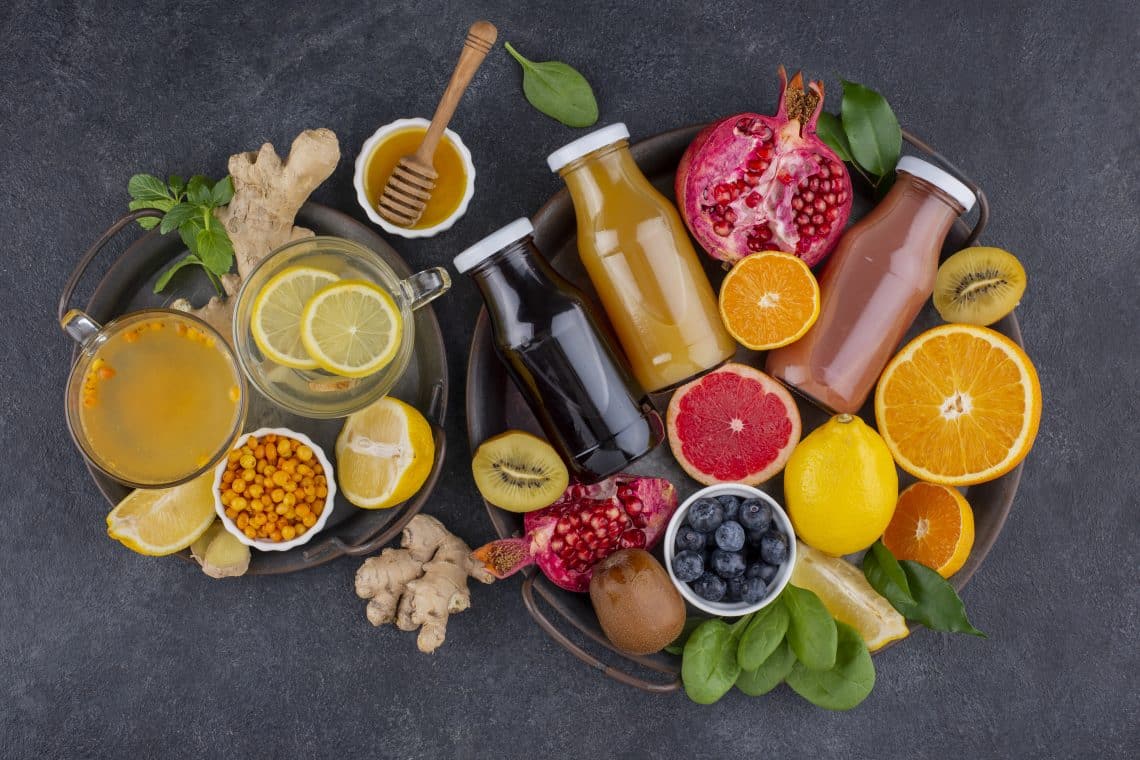
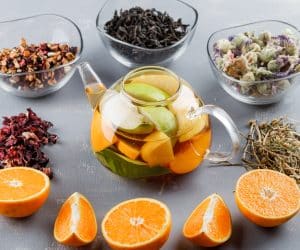
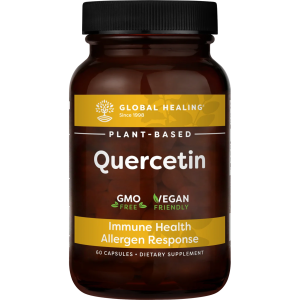
 The Importance of Eating Quercetin-Rich Foods: Nourishing Your Health Naturally
The Importance of Eating Quercetin-Rich Foods: Nourishing Your Health Naturally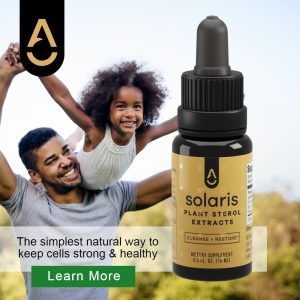
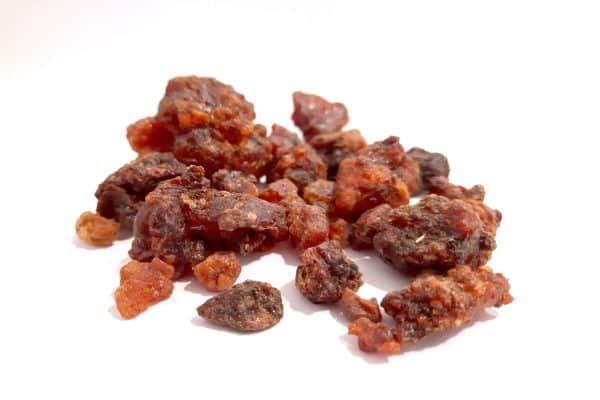
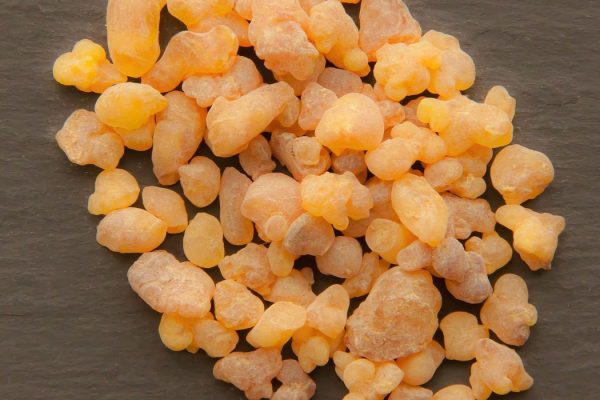
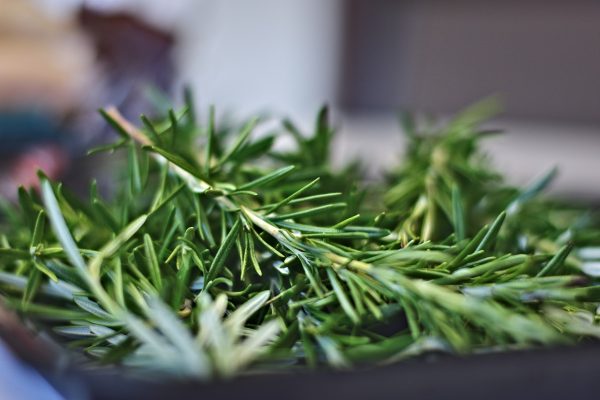

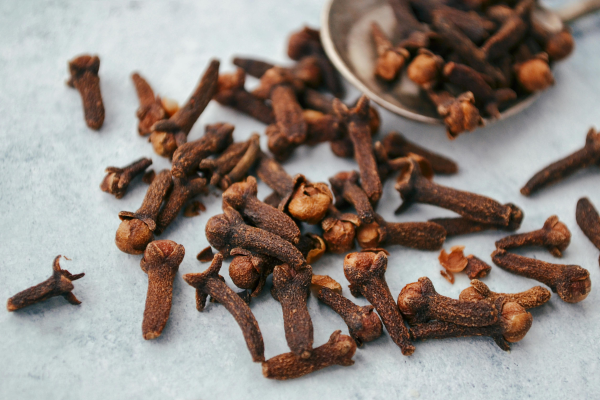
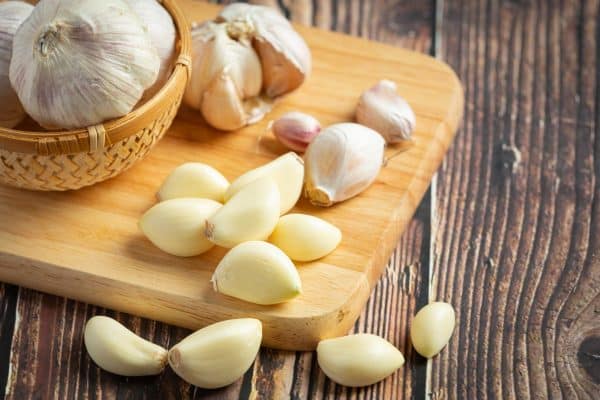

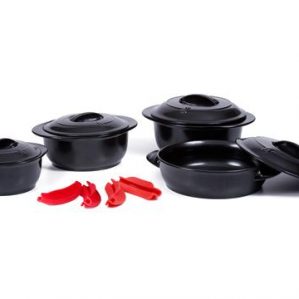
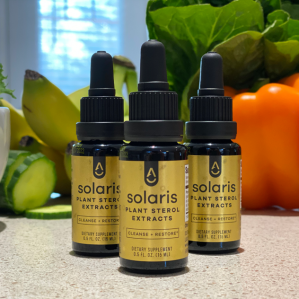

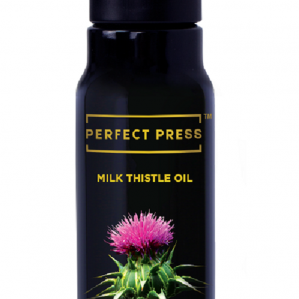
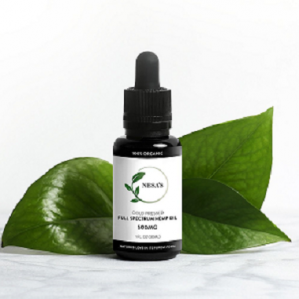











2 Comments
[…] scientifically known as Citrus aurantiifolia, is a small, green citrus fruit renowned for its tangy flavor and versatile uses in culinary and […]
[…] scientifically known as Citrus aurantiifolia, is a small, green citrus fruit renowned for its tangy flavor and versatile uses in culinary and […]